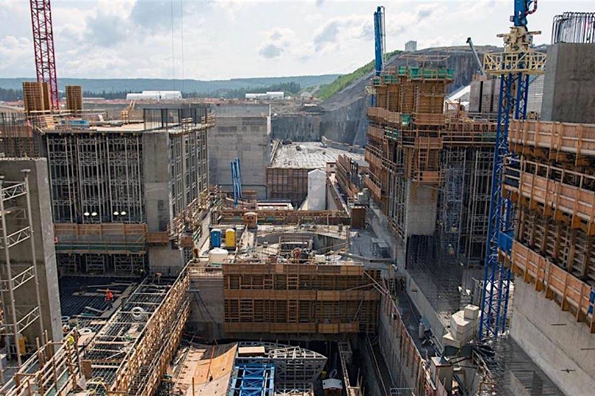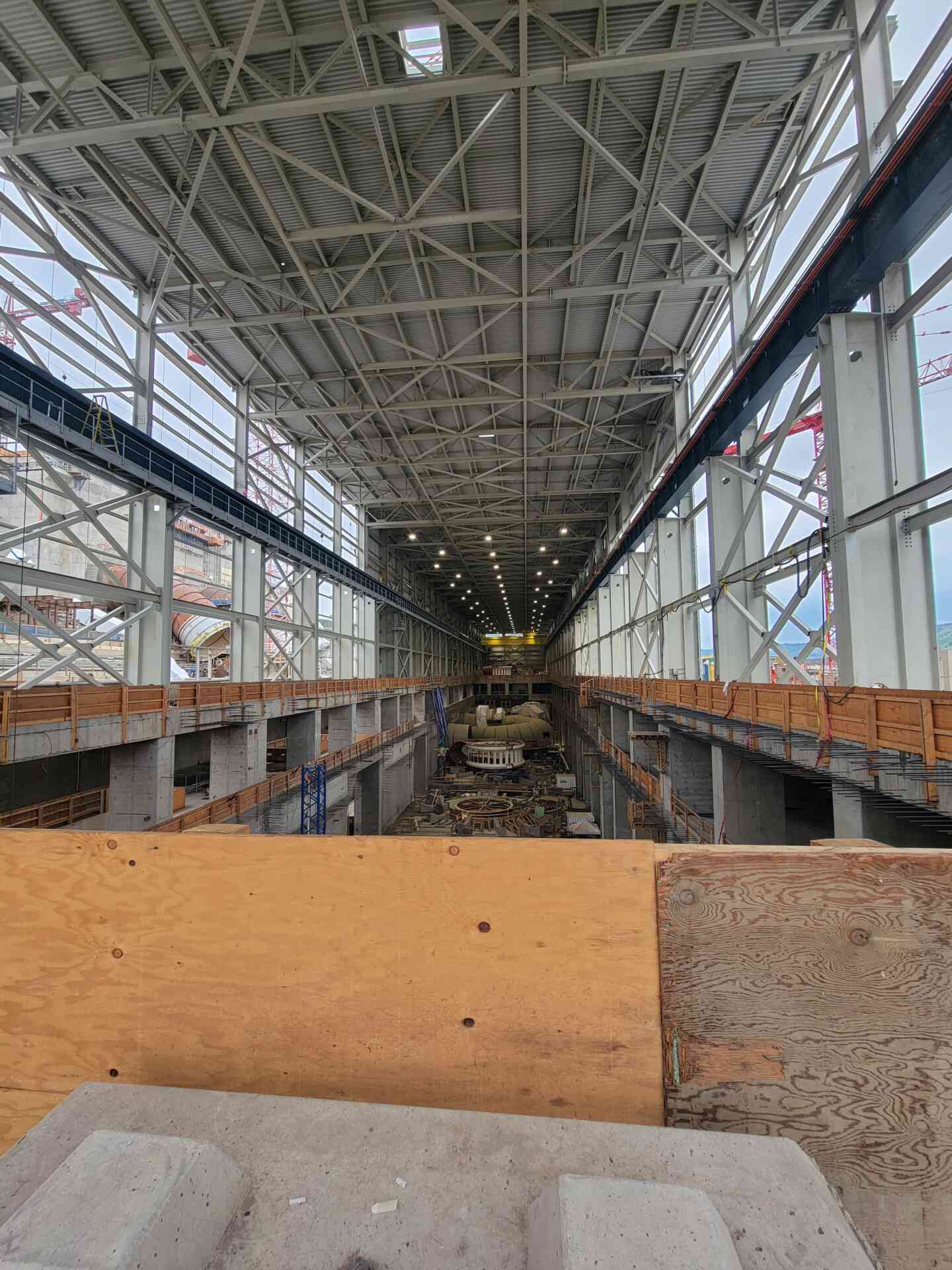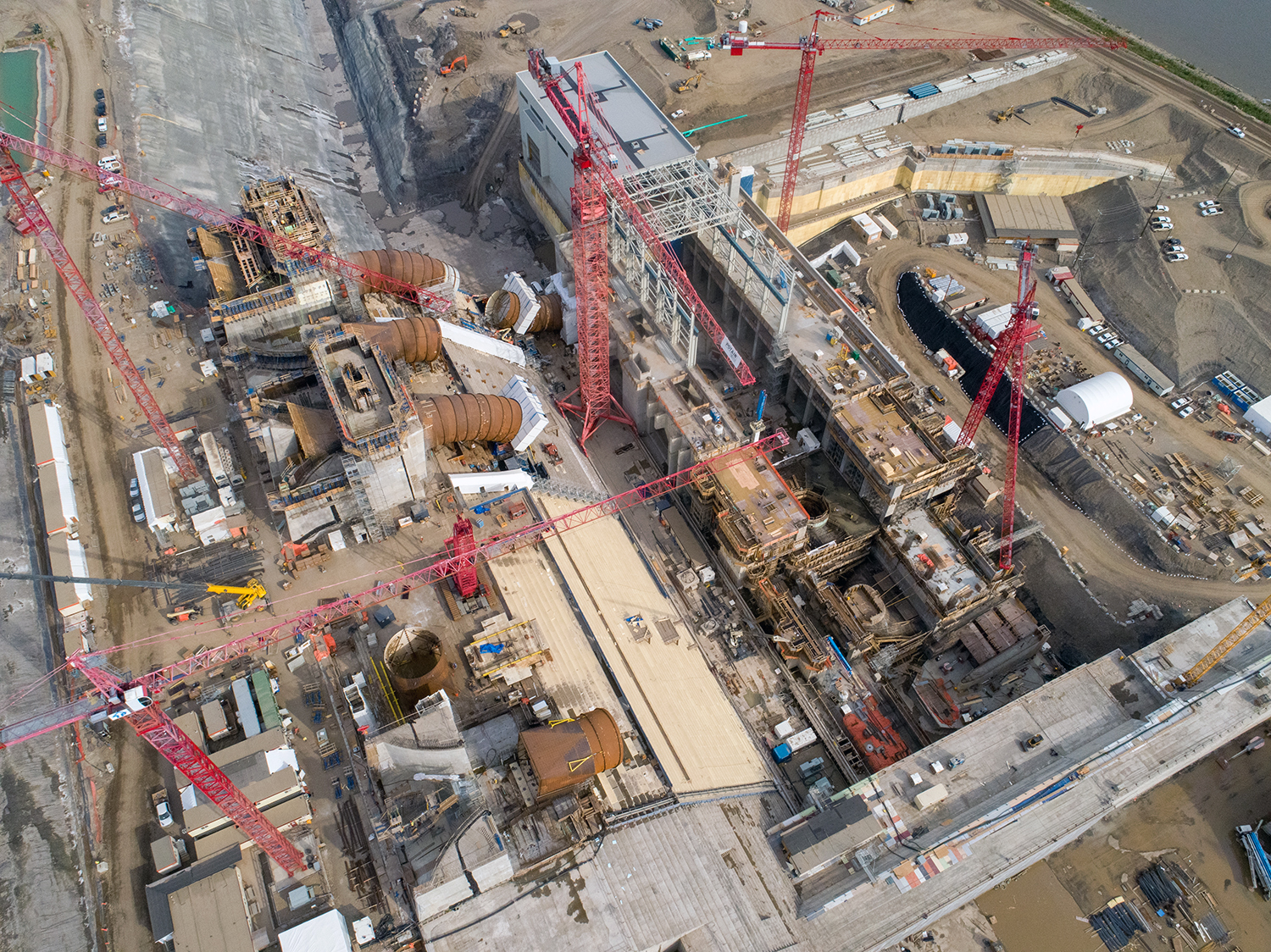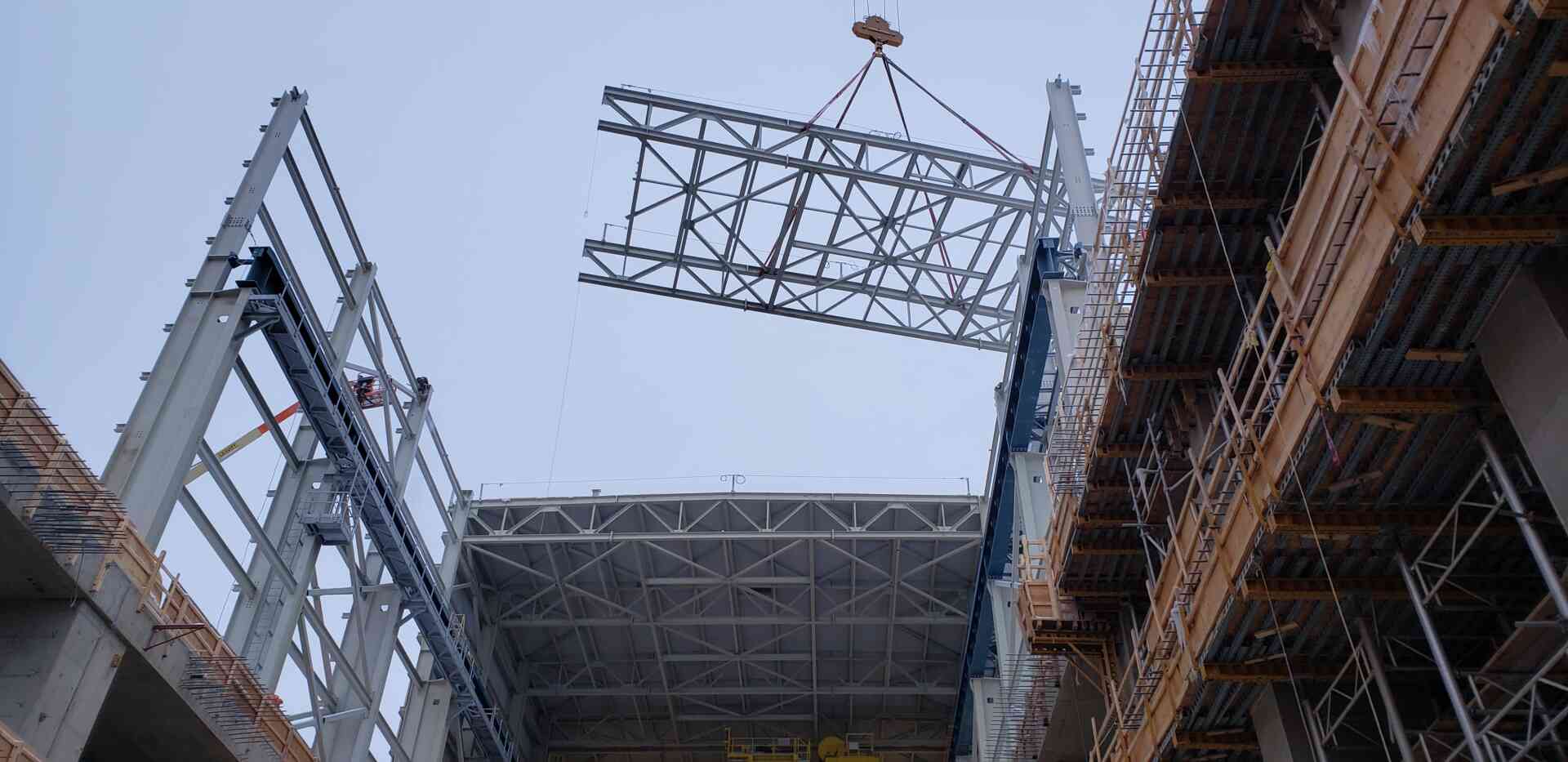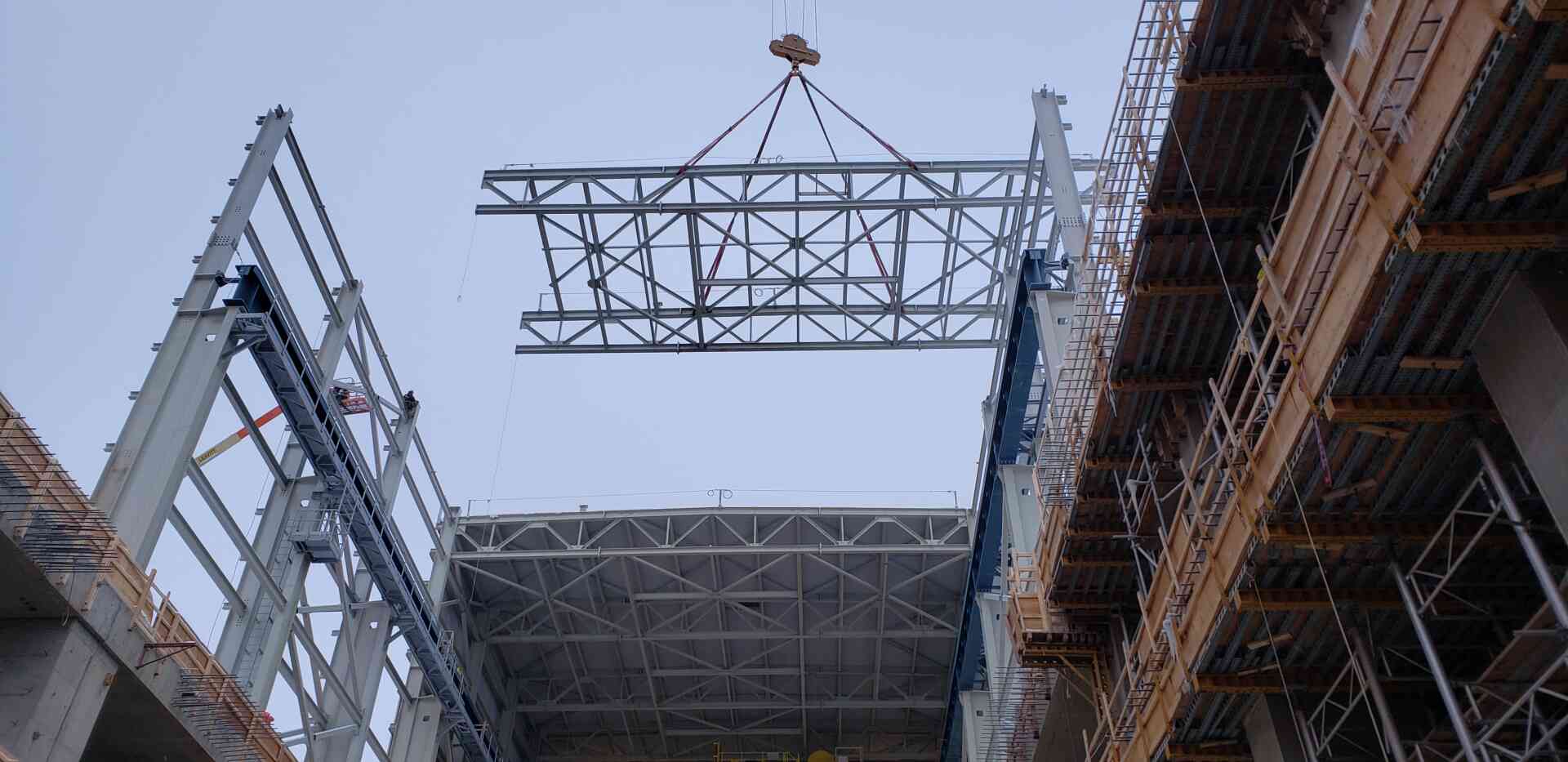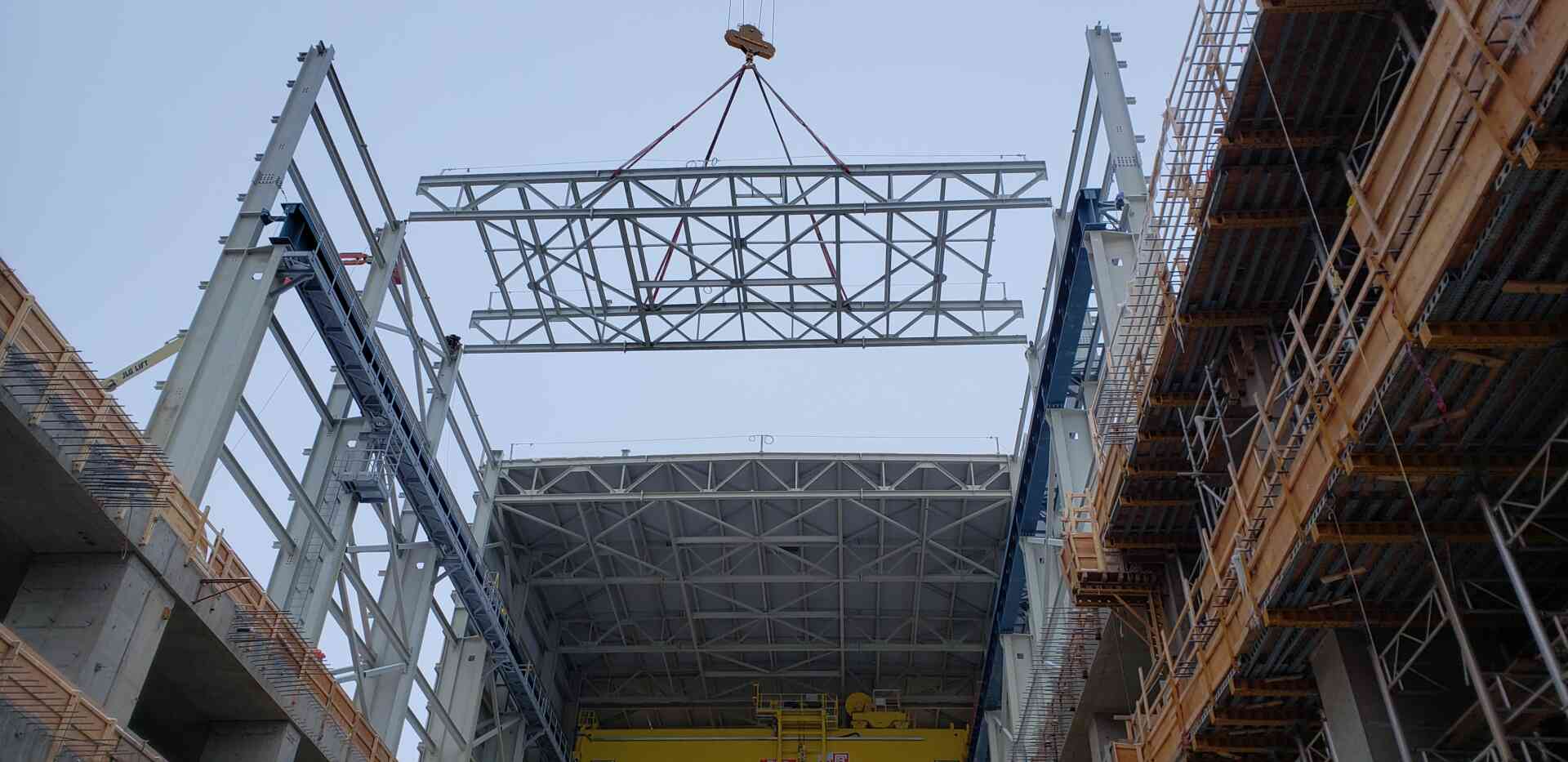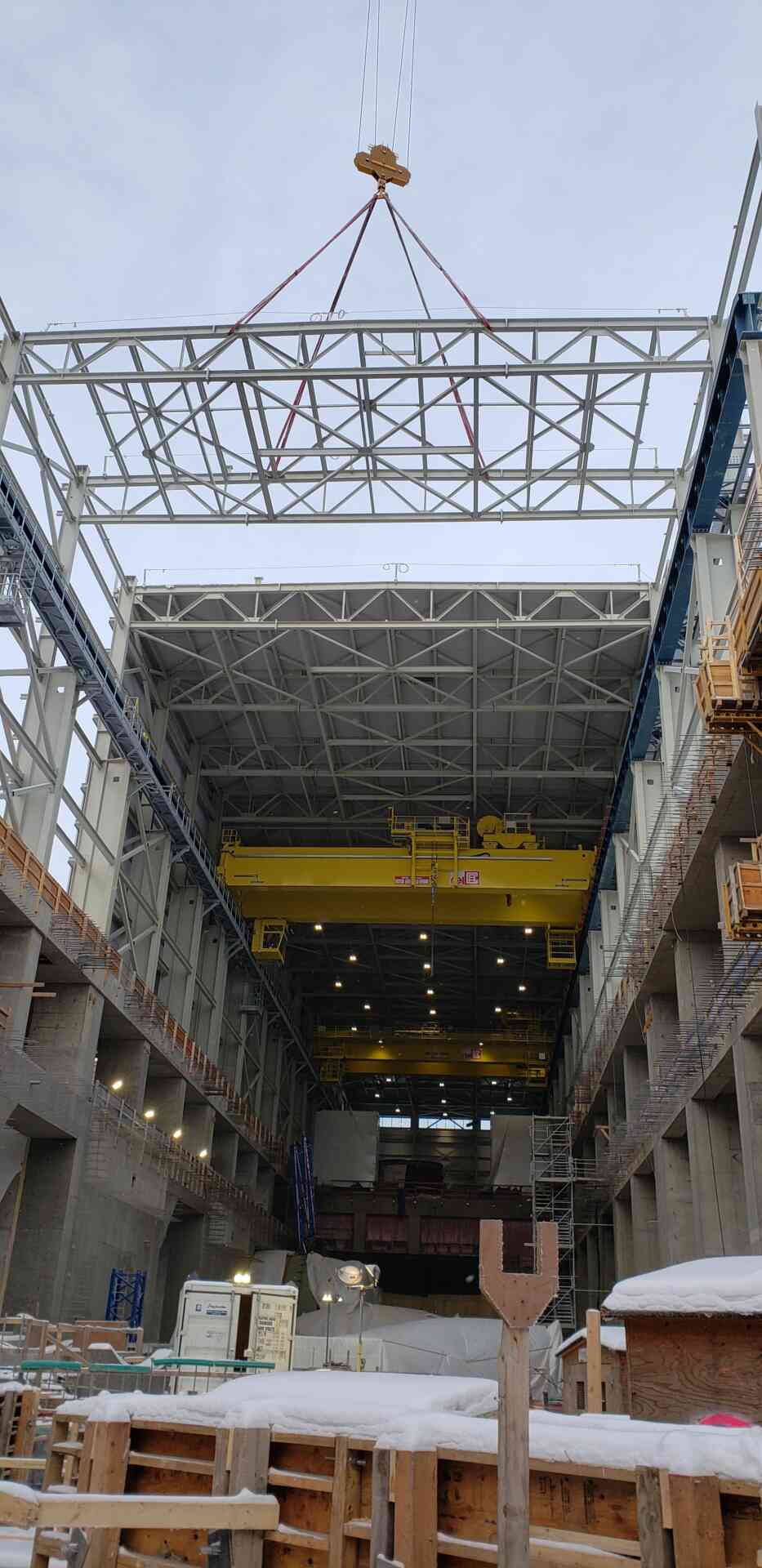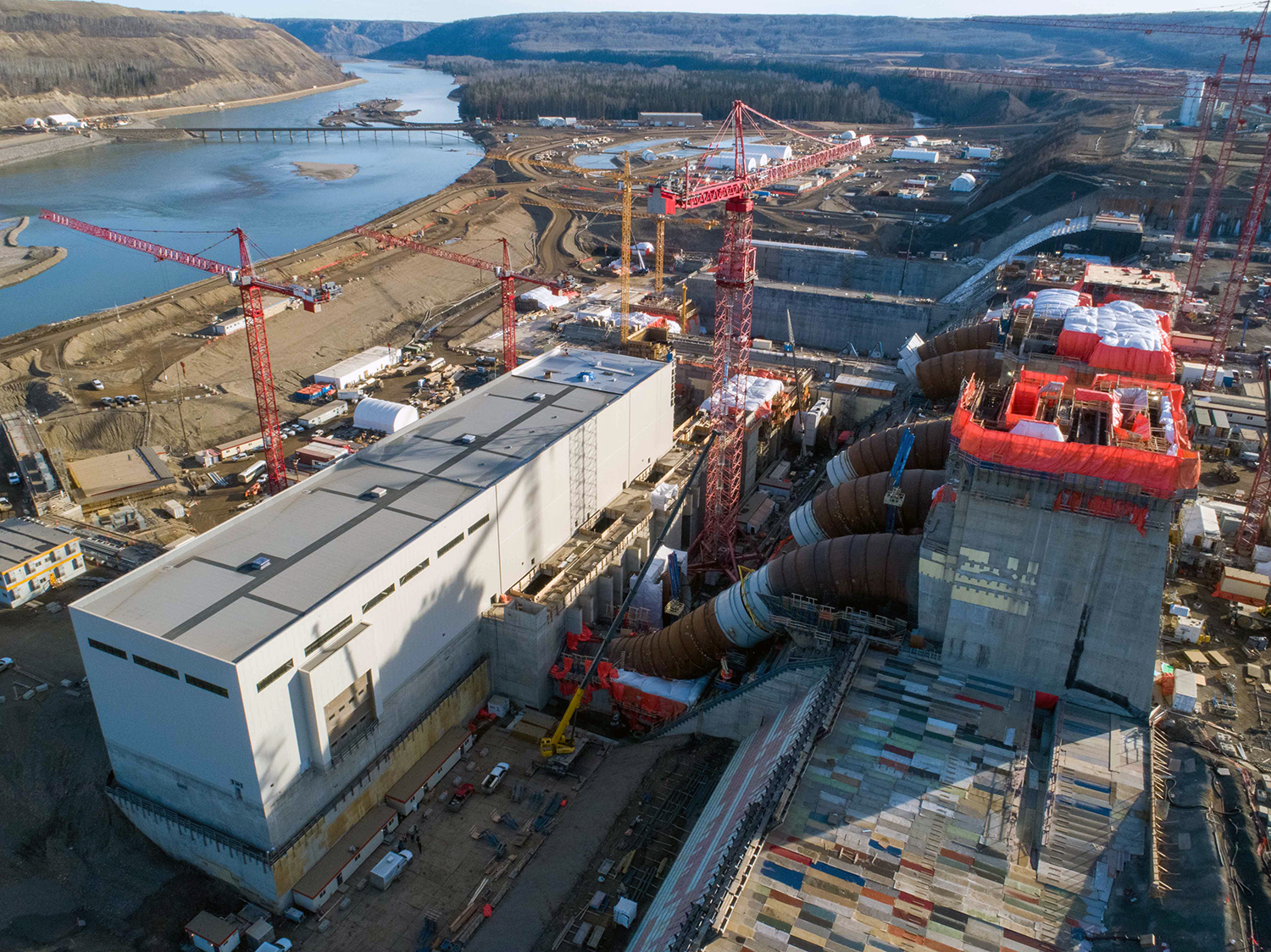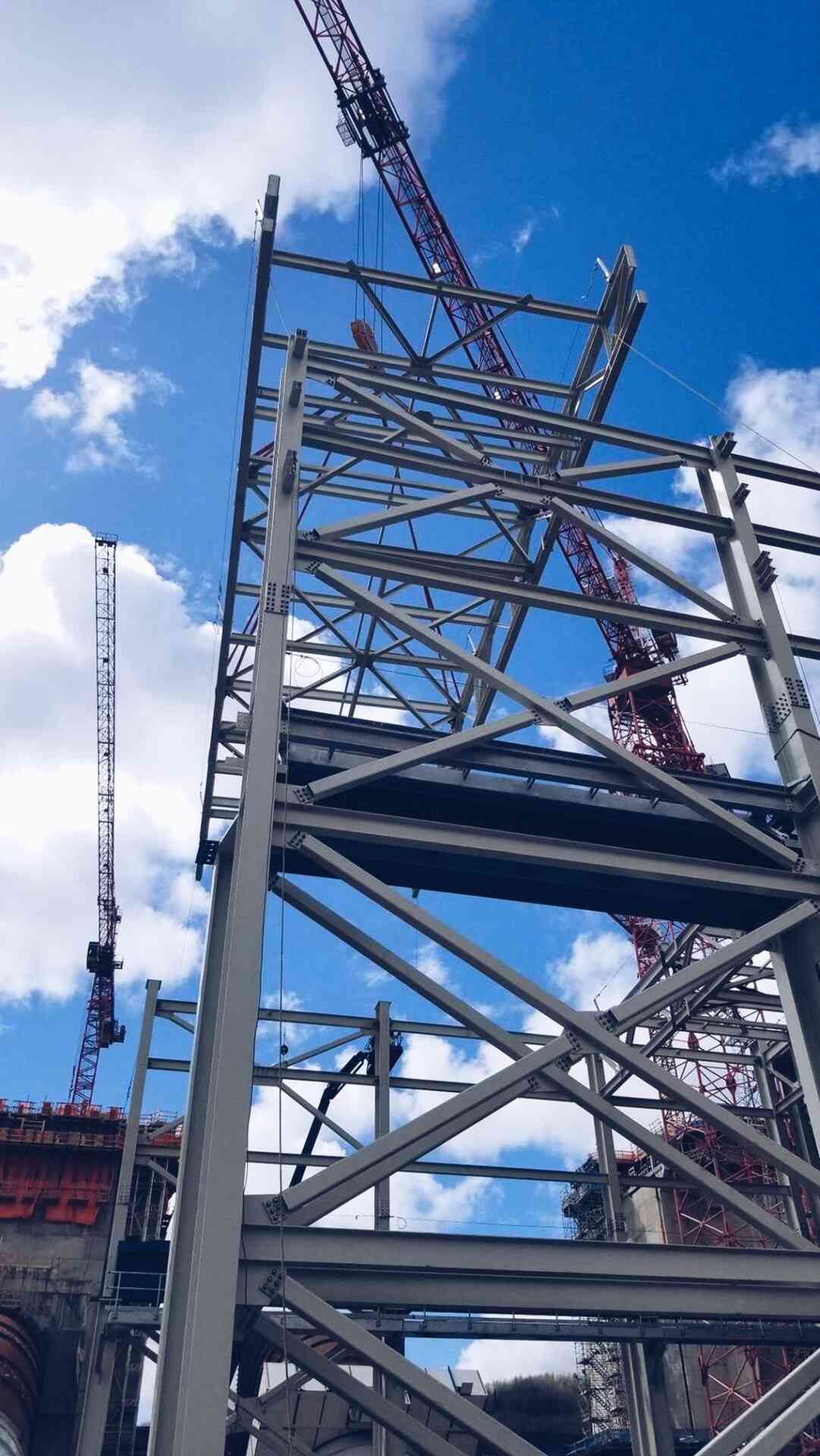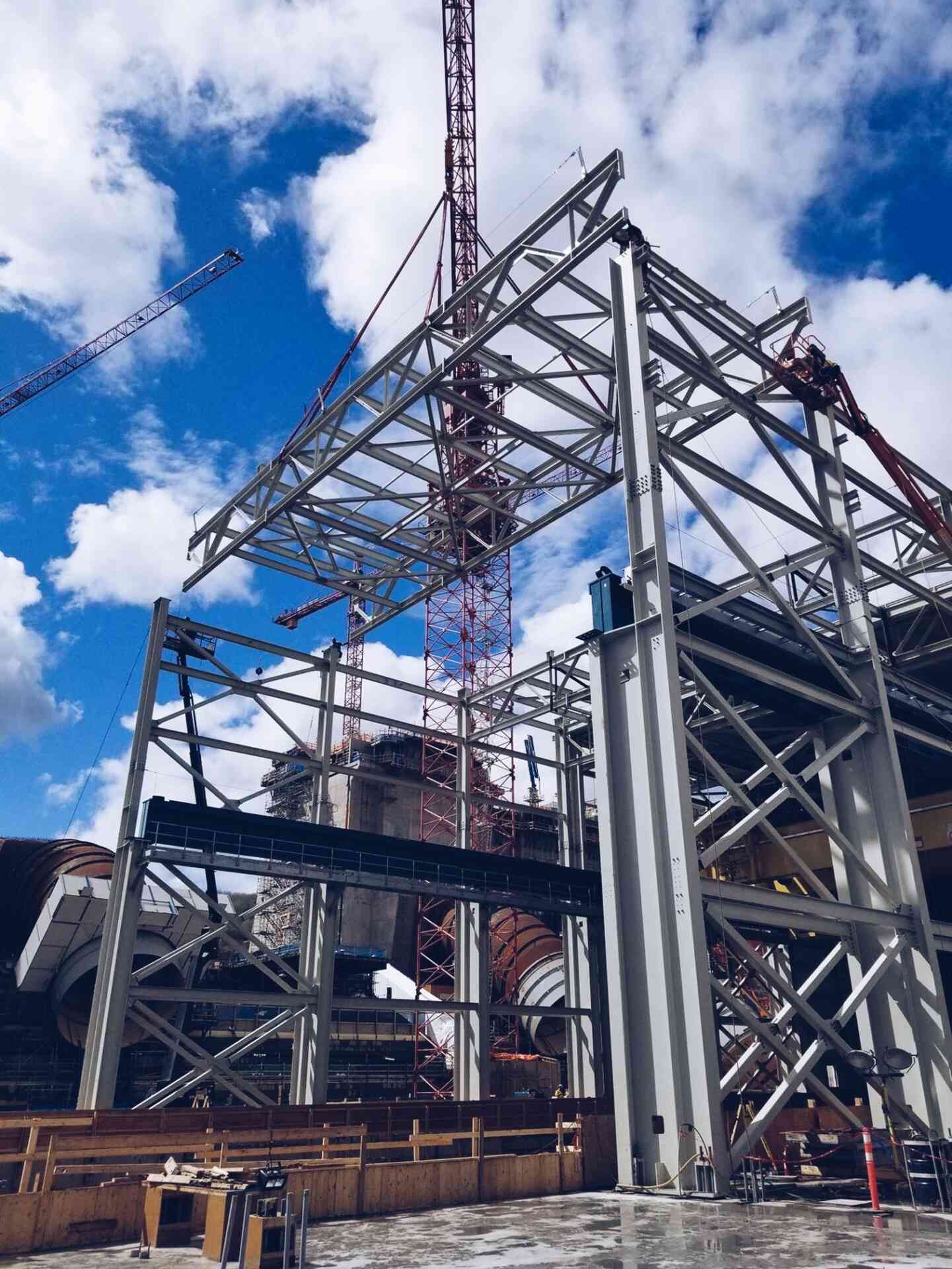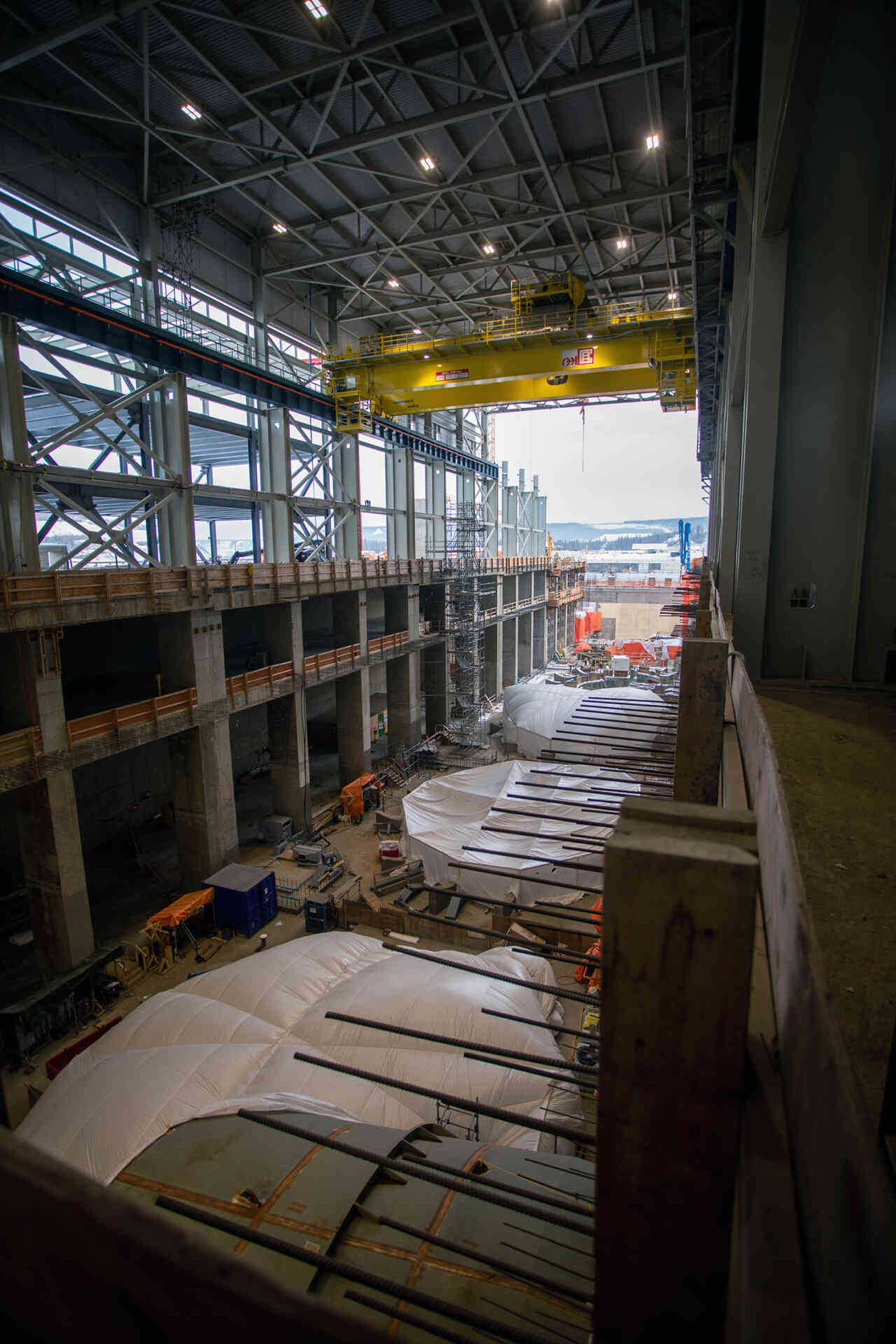Site C Clean Energy
Location
Array
Client Name
Holder
Project Value
Project Start Date
Project End Date
About Site C Clean Energy Project
In May 2018, Waiward was awarded the subcontract to detail, fabricate, and erect the powerhouse and operations building structural steel on the Site C project. Located on the Peace River, south of Fort St. John, B.C., the powerhouse structure and operations building comprises roughly 4,000 tonnes of columns, trusses, crane girders (built up members), girts and sag rods, and other miscellaneous members. When complete, the powerhouse and operations building will house the six 183 MW generating units, serve as the access floor for maintenance, and house employees for day to day operations.
Construction on site started in April of 2019 and would continue through to 2021. On March 2020, the global pandemic of COVID-19 was declared. The Site C Clean Energy project was shut down from March 18, 2020 to June 4, 2020.
Waiward Scope of Work
As part of Waiward’s strategy to be successful in fabrication for this project, we chose to issue work packages to the shop based on complexity and type of member rather than work area. This included:
- Supply and install Powerhouse columns and wall steel
- Supply install and align crane rail system
- Assemble and install 300MT Overhead bridge crane
- Supply and install Powerhouse Roof truss and infill steel
- Supply and install of roof deck system
- Supply and install Operations Building steel, inclusive of 2 x stair towers
- Supply and install of floor and roof deck system
For the Powerhouse structure, we performed the following:
- Installation of sixty 11 Tonne support columns
- Installation of fifty 10 Tonne crane girders
- Installation and alignment of 454 meters of crane rail
- Preassembly and installation of nine 75 Tonne box truss assemblies
Optimizing Modular Assembly
Due to the framework of the contract, the client was responsible for the provisions of the required cranes. This service was extended to all contractors. As these posed challenges with regards to resource availability, Waiward looked at options to maximize skeletal framework pre-assemblies (with smaller cranes) to help promote a more productive/efficient means of execution. Several of the powerhouse roof trusses were boxed together using Waiward engineered support frames, which allowed the team to safely stand 2 x truss assemblies up and install all infill steel, inclusive of 100% bolt up, alignment
as well as tensioning. This greatly reduced the amount of critical elevated work, which in addition to promoting efficiencies, it also allowed for a safer means of execution.
Additionally, the construction team identified a similar means to improved efficiency and safety by taking a similar approach to the constructability of the Operations Building. All floor and roof sections were also pre-assembled on the ground, which again reduced the work at elevation.
Creating Solutions
Due to the 3 coat paint system, Waiward utilized “non-traditional” means of erection the Powerhouse columns and walls. A Column was erected and tied into neighboring structure, and then the majority of the “between” column steel was erected/temporarily supported, prior to the other column being erected. This technique exponentially reduced the overall amount of marring, scratches etc, which mitigated the subsequent need for touch up painting.
The observed challenges on this site have mainly related to shared resources (Tower Cranes) as well as a very congested
work site with respect to site layout and logistics. Essential coordination with other neighboring contractors, has been critical in order to establish and maintain overall project cohesiveness. Also, due to the unique dynamics of the site logistics, an internal coordinated effort to steam line fabrication and delivery sequences to avoid bottlenecking on site. Coupled with the challenges related to the COVID-19 pandemic, and associated site closures lent to unique challenges with regards to mitigating storage/demerge challenges. Through resequencing our shop loading, and getting client support with allocating additional storage space at site, we were able to help minimize the overall costs to the project.
